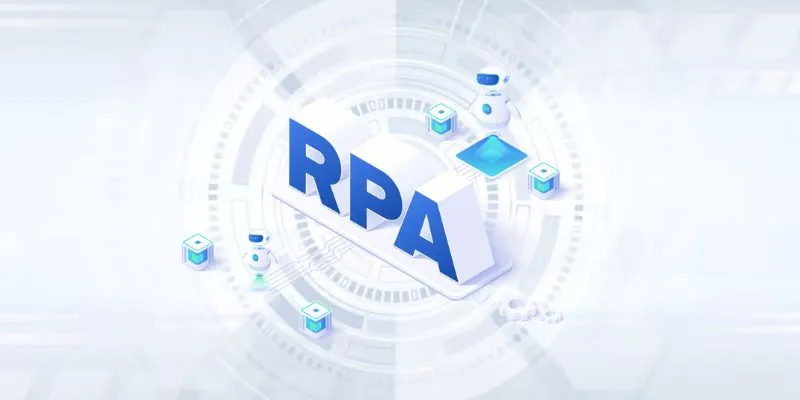
Robotic Process Automation (RPA) has revolutionized how businesses streamline operations by automating repetitive tasks. Integrating RPA with existing IT systems is crucial for maximizing its benefits. This blog explores strategies and considerations for effectively integrating RPA into your IT infrastructure, ensuring seamless automation and enhanced operational efficiency. For those looking to delve deeper into RPA, RPA Training in Bangalore offers a comprehensive pathway to mastering this transformative technology.
Understanding RPA Integration
Integrating RPA with your current IT systems involves aligning automated processes with existing software, applications, and data repositories. This integration allows RPA bots to interact with different systems, perform tasks, retrieve and update data, and communicate seamlessly across the enterprise.
Assessing Compatibility and Requirements
Before integrating RPA, assess the compatibility of your current IT systems with RPA tools and platforms. Consider factors such as:
- API Accessibility: Ensure that systems have APIs or web services that RPA bots can interact with.
- Data Formats: Compatibility with data formats (e.g., CSV, XML) that RPA bots need to process.
- Security Protocols: Compliance with security protocols to protect sensitive data handled by RPA bots.
Selecting the Right RPA Tools and Platforms
Choose RPA tools and platforms that align with your IT infrastructure and business requirements. Evaluate features such as:
- Scalability: Ability to scale RPA deployments across different systems and departments.
- Integration Capabilities: Support for integrating with various applications, databases, and enterprise systems.
- Vendor Support: Vendor support and resources are available for seamless integration and ongoing maintenance. For specialised training, consider RPA Training in Marathahalli to deepen your expertise.
Designing Automated Workflows
Develop automated workflows defining how RPA bots interact with existing IT systems. Consider:
- Process Mapping: Mapping out current processes and identifying tasks suitable for automation.
- Error Handling: Implementing error handling mechanisms to manage exceptions and ensure continuity.
- Testing and Validation: Conducting thorough testing and validation to ensure seamless integration and functionality.
Implementing and Deploying RPA Solutions
Deploy RPA solutions in phases to minimize disruptions and optimize performance. Steps include:
- Pilot Testing: Testing RPA bots in a controlled environment before full deployment.
- Training: Providing training to employees on using RPA-integrated systems and workflows.
- Monitoring and Optimization: Continuously monitoring RPA performance and optimizing workflows based on feedback and analytics.
Integrating RPA into your existing IT systems provides substantial benefits in terms of enhancing efficiency, accuracy, and achieving cost savings. Businesses can achieve transformative results by carefully assessing compatibility, selecting the right tools, designing effective workflows, and methodically deploying RPA solutions. Embracing RPA integration is key to optimizing operations, boosting productivity, and staying competitive in today’s digital landscape. For those seeking further guidance and expertise, numerous Coaching Centre in Bangalore provide specialized training and support to navigate and maximize the benefits of RPA integration effectively. With proper planning and execution, integrating RPA into your IT infrastructure can unlock new levels of efficiency and agility, paving the way for future growth and innovation.